Introduction
Gujranwala, a bustling city in Pakistan, isn’t just a geographical hub; it’s a vibrant tapestry of flavors, making it a coveted destination for food enthusiasts seeking an immersive culinary journey. Renowned as a melting pot of diverse cultures and influences, Gujranwala is a treasure trove for those craving an authentic taste of Pakistani cuisine. Delving into the heart of Gujranwala’s food scene unveils a rich tapestry of gastronomic wonders, showcasing the city’s profound culinary heritage. From aromatic spices to succulent meats, the phrase “food in Gujranwala” embodies an enticing array of delicacies, each narrating its unique story through flavors that have been perfected over generations.
What makes Gujranwala truly exceptional is its multifaceted food landscape, offering an extensive variety of dishes that cater to diverse palates. The city’s food scene isn’t merely about satiating hunger; it’s a celebration of cultural amalgamation reflected in every bite. The streets buzz with the aroma of sizzling kebabs, hearty curries, and delectable sweets, tantalizing the senses of locals and visitors alike. As you explore “food in Gujranwala,” you’ll encounter a spectrum of tastes, from the fiery zing of karahis to the indulgent sweetness of desserts like gajar ka halwa and rabri.
Moreover, the essence of Gujranwala’s food lies not only in its diverse dishes but also in the stories woven into each recipe. Passed down through generations, these culinary traditions encapsulate the city’s history, cultural heritage, and the warmth of its people. Whether savoring street-side chaat or relishing the sophistication of traditional cuisine in local eateries, every dining experience in Gujranwala offers a glimpse into its vibrant food culture. Indeed, “food in Gujranwala” isn’t just about meals; it’s an exploration of tradition, innovation, and the community’s shared love for exceptional flavors.
List of Food in Gujranwala
| S. No | Name of Food/Dish | Category | Price Range (USD & EUR) | Main Ingredients (if available) |
|---|---|---|---|---|
| 1 | Seekh Kebab | Meat Dish | $5-$15 USD, €4-€12 EUR | Minced meat, spices, herbs |
| 2 | Nihari | Meat Dish | $8-$20 USD, €7-€17 EUR | Slow-cooked meat, spices, gravy |
| 3 | Biryani | Rice Dish | $6-$18 USD, €5-€15 EUR | Basmati rice, meat (chicken, lamb, or beef), spices |
| 4 | Paya | Meat Dish | $10-$25 USD, €8-€20 EUR | Trotters, spices, slow-cooked in broth |
| 5 | Chapli Kebab | Meat Dish | $7-$20 USD, €6-€16 EUR | Minced meat, spices, tomatoes |
| 6 | Pulao | Rice Dish | $5-$15 USD, €4-€12 EUR | Basmati rice, meat or vegetables, spices |
| 7 | Haleem | Savoury | $7-$18 USD, €6-€15 EUR | Wheat, barley, meat, lentils, spices |
| 8 | Kunna | Meat Dish | $8-$22 USD, €7-€18 EUR | Slow-cooked meat, spices, herbs |
| 9 | Chicken Karahi | Meat Dish | $6-$16 USD, €5-€14 EUR | Chicken, spices, tomatoes |
| 10 | Beef Karahi | Meat Dish | $8-$20 USD, €7-€17 EUR | Beef, spices, tomatoes |
| 11 | Mutton Karahi | Meat Dish | $10-$25 USD, €8-€20 EUR | Mutton, spices, tomatoes |
| 12 | Tandoori Chicken | Meat Dish | $5-$15 USD, €4-€12 EUR | Chicken marinated in spices, yogurt, grilled |
| 13 | Daal Chawal | Veg Dish | $4-$12 USD, €3-€10 EUR | Lentils, rice, spices |
| 14 | Aloo Paratha | Pastry | $3-$10 USD, €2-€8 EUR | Wheat bread stuffed with spiced potatoes |
| 15 | Golgappay | Savoury | $2-$8 USD, €1.5-€7 EUR | Hollow puris filled with spicy tangy water |
| 16 | Samosas | Savoury | $3-$10 USD, €2-€8 EUR | Pastry filled with spiced potatoes or meat |
| 17 | Pakoras | Deep Fry Dish | $3-$9 USD, €2-€7 EUR | Fritters made with vegetables or meat |
| 18 | Jalebi | Sweet | $2-$7 USD, €1.5-€6 EUR | Deep-fried batter soaked in sugar syrup |
| 19 | Dahi Bhalla | Savoury | $4-$12 USD, €3-€10 EUR | Lentil dumplings soaked in yogurt, spices |
| 20 | Chana Chaat | Savoury | $4-$10 USD, €3-€8 EUR | Chickpeas, spices, chutneys |
| 21 | Fruit Chaat | Savoury | $3-$9 USD, €2-€7 EUR | Mixed fruits with spices, herbs, and seasoning |
| 22 | Rabri | Sweet | $4-$12 USD, €3-€10 EUR | Reduced milk, sugar, nuts |
| 23 | Qulfi | Sweet | $3-$8 USD, €2-€6 EUR | Creamy frozen dessert flavored with pistachio |
| 24 | Barbecue (BBQ) | Meat Dish | $8-$25 USD, €7-€20 EUR | Grilled meat marinated in spices and sauces |
| 25 | Paratha Rolls | Pastry | $4-$10 USD, €3-€8 EUR | Flatbread stuffed with various fillings |
| 26 | Chappal Kebab | Meat Dish | $7-$20 USD, €6-€16 EUR | Minced meat, spices, grilled |
| 27 | Zarda | Sweet | $5-$15 USD, €4-€12 EUR | Sweet rice dish with nuts and saffron |
| 28 | Gajar ka Halwa | Sweet | $4-$12 USD, €3-€10 EUR | Carrot-based sweet dessert |
| 29 | Shahi Tukray | Sweet | $5-$14 USD, €4-€11 EUR | Bread pudding with nuts, saffron, and cardamom |
| 30 | Khoya Kaju | Sweet | $6-$16 USD, €5-€13 EUR | Cashews cooked in reduced milk |
| S. No | Name of Food/Dish | Category | Price Range (USD & EUR) | Main Ingredients (if available) |
Note: The price range provided is approximate and may vary depending on the restaurant or vendor.
Nihari: A traditional slow-cooked stew that originated in the Mughal era, Nihari is a flavorful dish made with slow-cooked beef or mutton shanks, simmered overnight to achieve tender meat in a thick, spicy gravy. The key ingredients include meat, bone marrow, and various spices such as garam masala, ginger, and garlic, along with wheat flour to thicken the gravy. Nihari is typically served with naan bread or steamed rice and garnished with fresh ginger, green chilies, and lemon for added zest.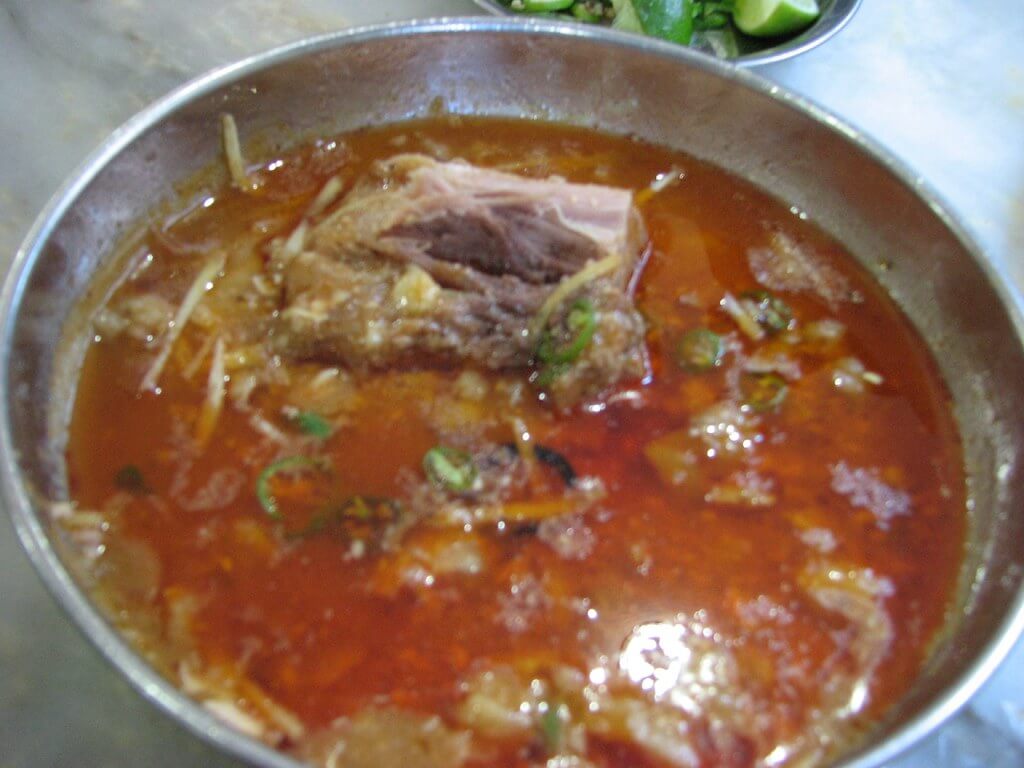
Biryani: Biryani is a fragrant and aromatic rice dish made by layering marinated meat (usually chicken, lamb, or beef) with long-grain basmati rice, and cooking it together with a blend of spices such as saffron, cardamom, cloves, and bay leaves. The meat is usually marinated in yogurt and spices to infuse flavors. The dish is slow-cooked, allowing the spices and meat juices to permeate the rice, resulting in a flavorful and rich dish often garnished with fried onions, boiled eggs, and fresh coriander.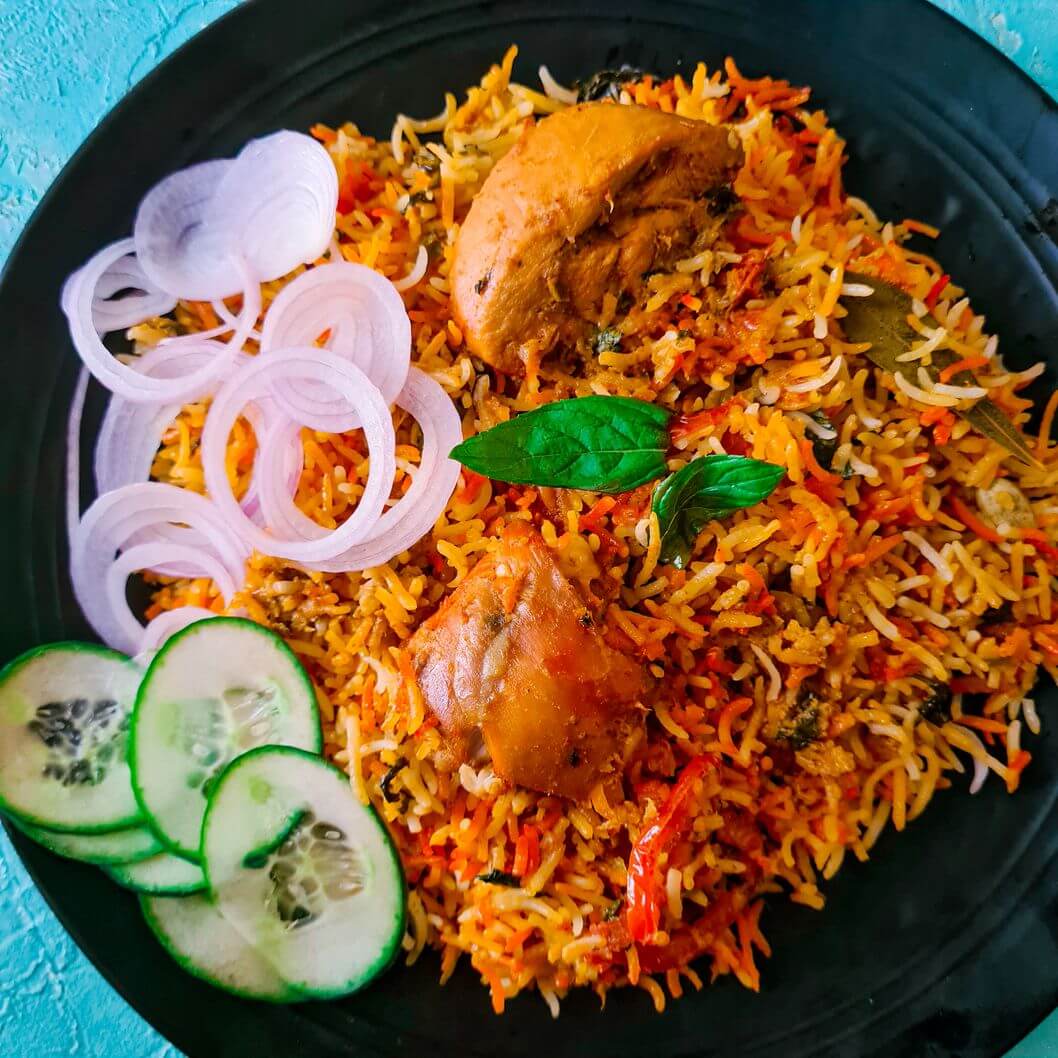
Paya: Paya, also known as trotters, is a slow-cooked delicacy prepared using the feet of a goat or cow. The dish involves simmering the trotters in a flavorful stew made with a mix of aromatic spices like cinnamon, cloves, cardamom, and bay leaves, along with ginger, garlic, and onions. The slow cooking process allows the collagen and marrow from the bones to dissolve, creating a rich and gelatinous gravy. Paya is typically enjoyed with naan or boiled rice.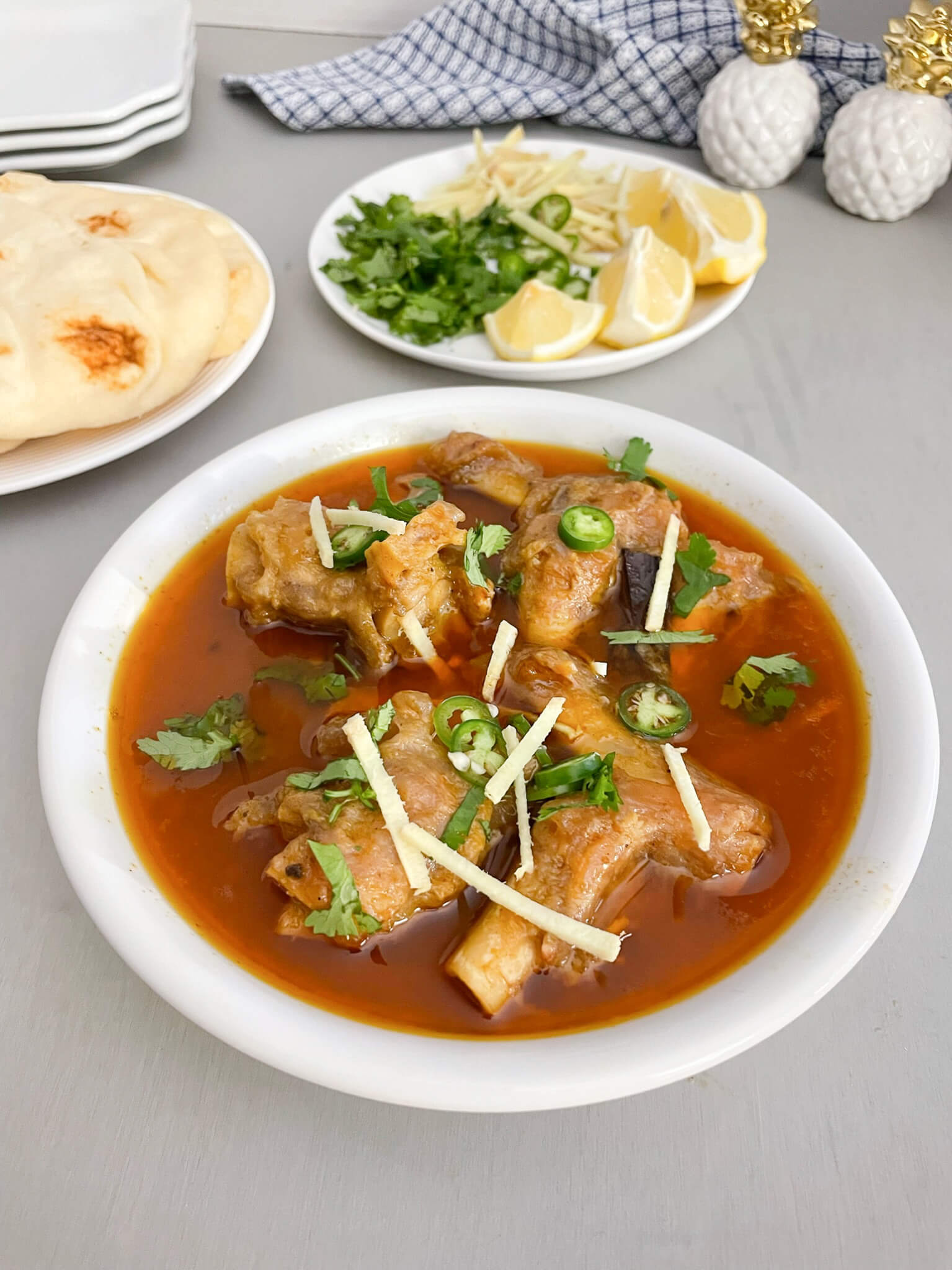
Chapli Kebab: Originating from the Khyber Pakhtunkhwa province, Chapli Kebab is a patty-shaped kebab made from minced meat (usually beef or lamb), mixed with various spices like coriander, cumin, chili powder, and tomatoes. The key element that distinguishes Chapli Kebab is the addition of pomegranate seeds and dried coriander, giving it a unique tangy flavor. These patties are shallow-fried until golden brown and served with naan, raita, and salad.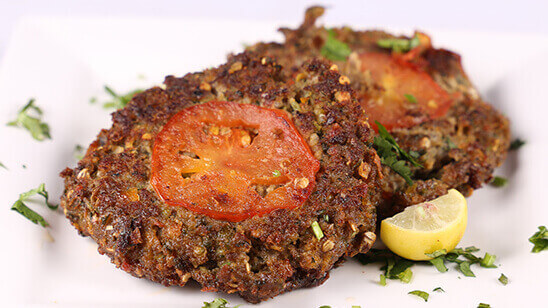
Haleem: A slow-cooked stew made from wheat, barley, meat (usually chicken, beef, or lamb), lentils, and a variety of spices, Haleem is a hearty and wholesome dish. The mixture is simmered for several hours until the grains and meat blend into a thick paste-like consistency. Haleem is often garnished with fried onions, fresh coriander, ginger, and lemon juice. It’s a popular choice during Ramadan and other festive occasions.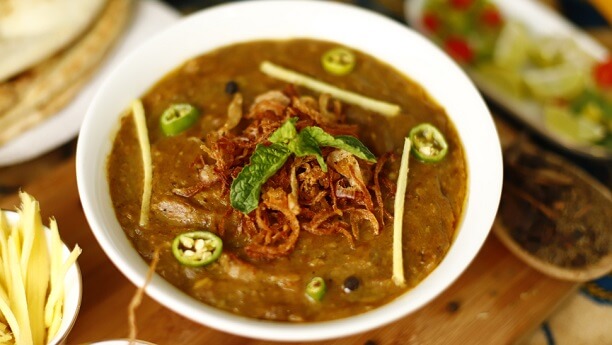
Kunna: Kunna is a delectable meat dish prepared by slow-cooking lamb or beef shanks in a rich, flavorful gravy. The dish derives its unique taste from a blend of spices including cumin, coriander, red chili powder, and garam masala. The meat is cooked until tender and the gravy is thickened, resulting in a savory and aromatic delicacy that is usually served with naan or rice.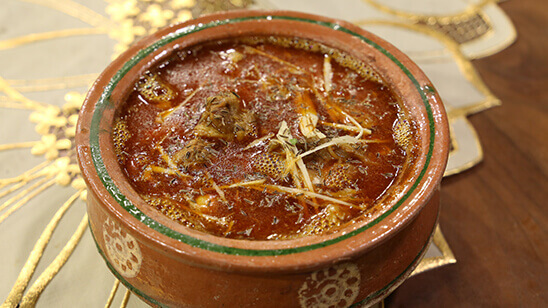
Tandoori Chicken: Tandoori Chicken is a marinated chicken dish cooked in a tandoor, a traditional clay oven. The chicken is marinated in yogurt blended with spices like turmeric, cumin, coriander, and red chili powder, which gives it a vibrant red color and a tangy, smoky flavor. The high heat of the tandoor oven ensures the chicken is cooked to perfection, crispy on the outside and tender on the inside often served with mint chutney and naan.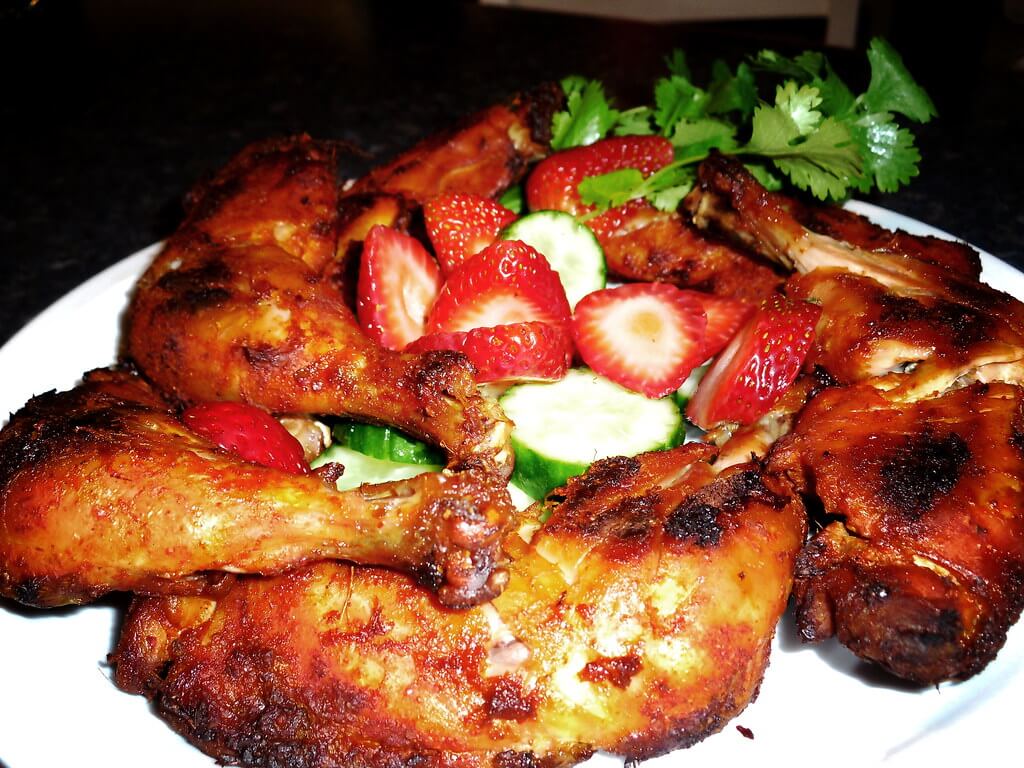
Daal Chawal: Daal Chawal is a simple yet comforting dish consisting of lentils (daal) cooked with spices such as turmeric, cumin, and garlic, served with steamed rice (chawal). The lentils are usually tempered with cumin seeds, onions, and tomatoes, creating a flavorful and nutritious meal that is a staple in many households.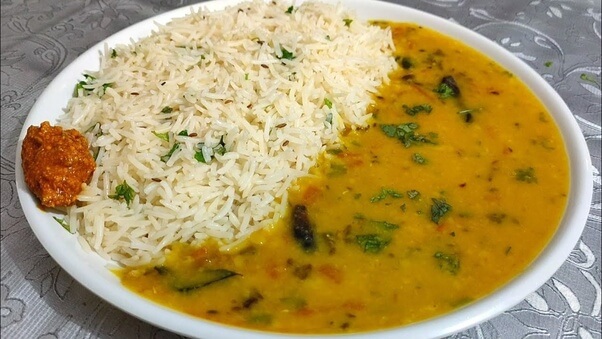
Aloo Paratha: Aloo Paratha is a popular stuffed flatbread made from whole wheat dough filled with a spiced mashed potato mixture. The dough is rolled out, stuffed with the seasoned potato mixture, and then pan-fried with ghee or oil until golden and crispy. Aloo Paratha is often enjoyed with yogurt, pickles, or a dollop of butter.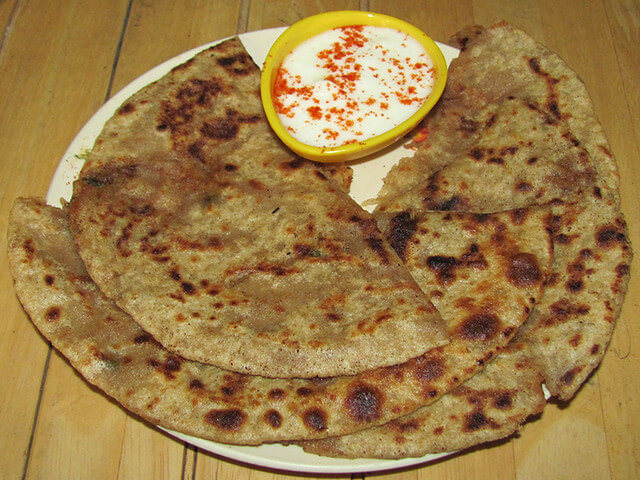
Golgappay (Pani Puri): Golgappay, also known as Pani Puri, is a popular street food snack consisting of hollow, crispy puris filled with a mixture of flavored water (pani), tamarind chutney, spicy potatoes, chickpeas, and a tangy sauce made with mint, cilantro, and spices. The combination of sweet, tangy, and spicy flavors makes it a favorite snack among locals.
Samosas: Samosas are savory pastries filled with spiced potatoes, peas, and sometimes minced meat like chicken or beef, enclosed in a crispy, deep-fried outer crust made from wheat flour. These triangular-shaped snacks are served hot and are a popular tea-time snack or appetizer.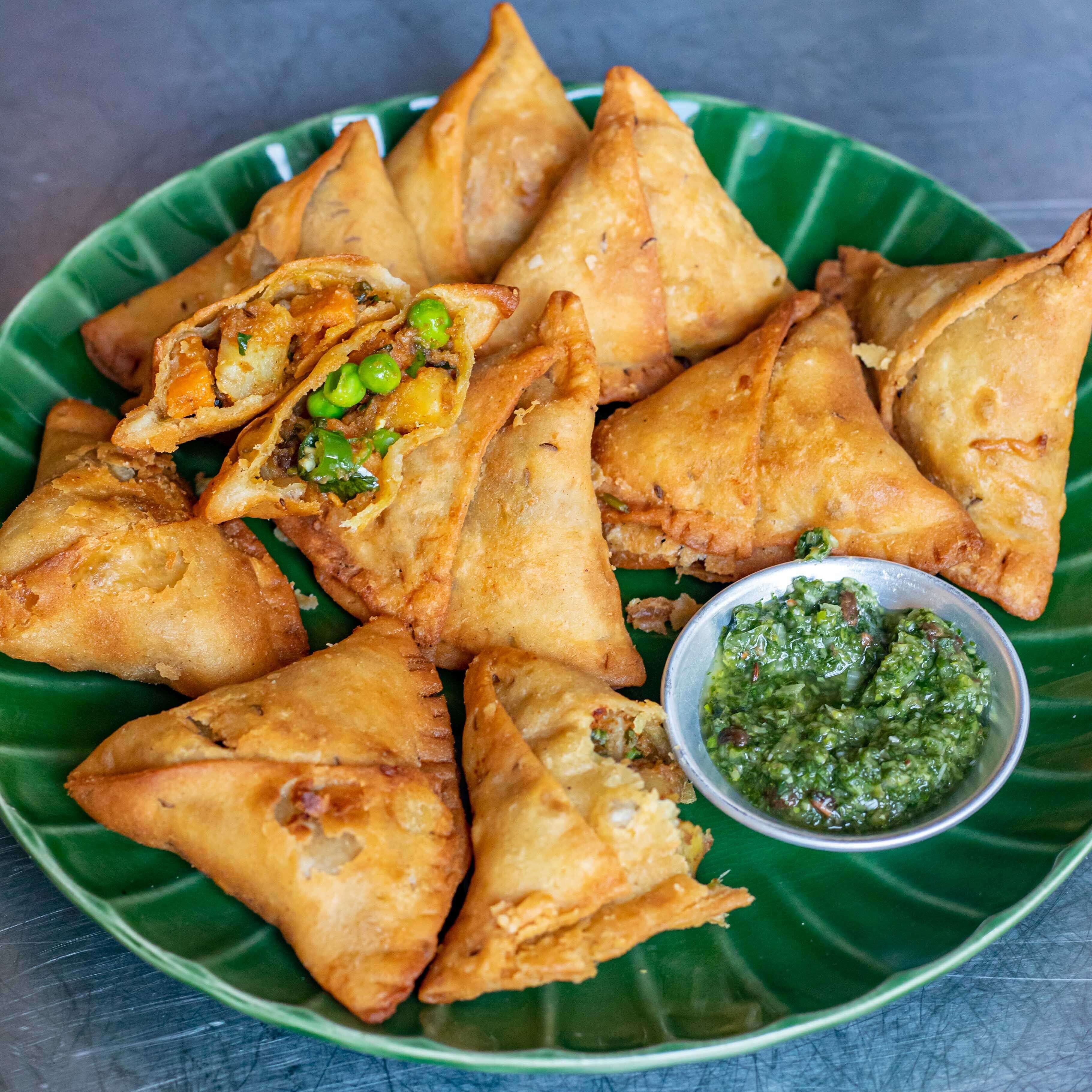
Pakoras: Pakoras are deep-fried fritters made from a batter of gram flour (besan) mixed with various vegetables like onions, potatoes, spinach, or paneer, seasoned with spices such as cumin, coriander, and chili powder. These crispy and flavorful fritters are enjoyed as a popular snack during rainy days or as a side dish with tea.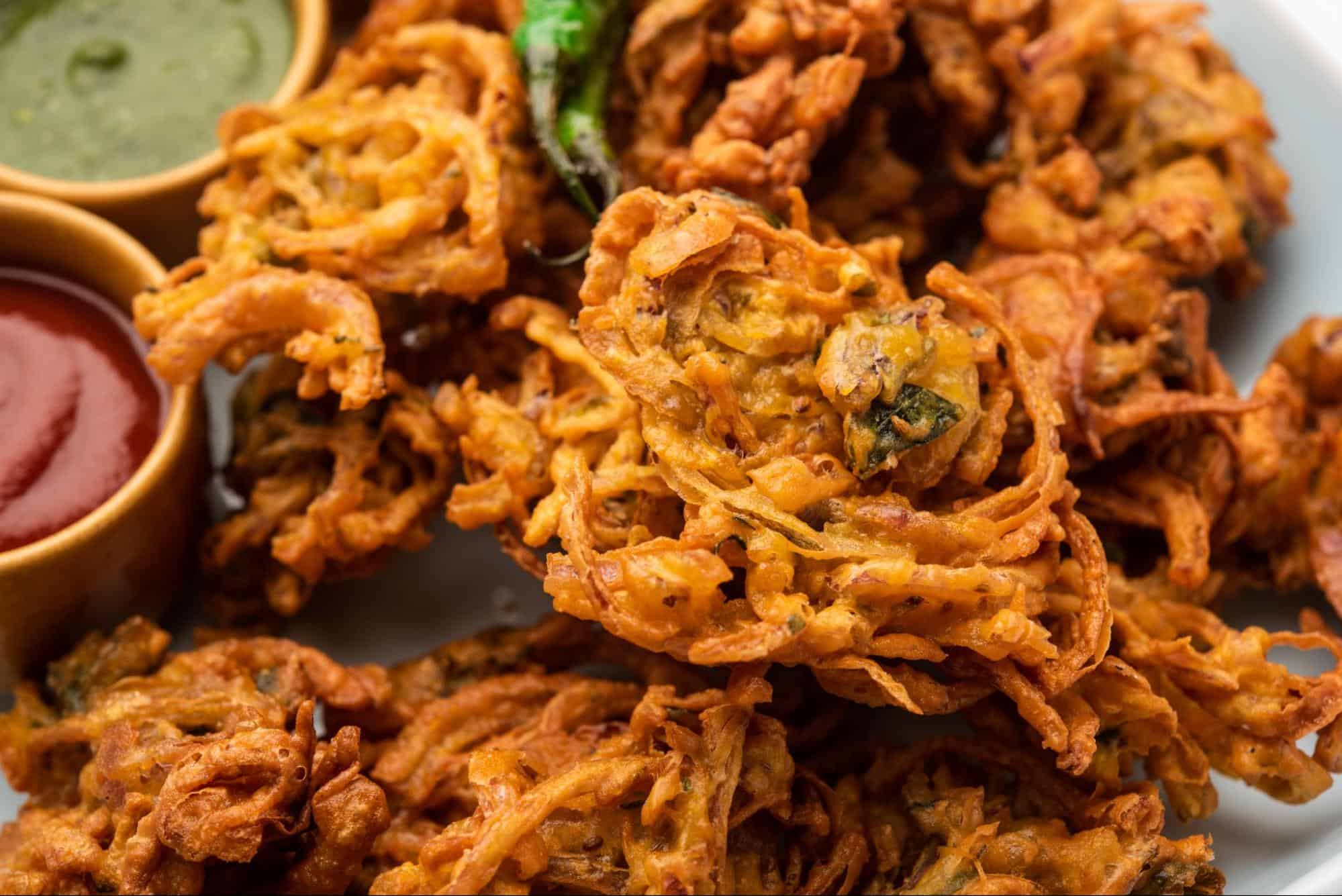
Jalebi: Jalebi is a sweet, spiral-shaped dessert made by deep-frying batter in circular shapes, which are then soaked in sugar syrup, imparting a crunchy texture on the outside while being juicy and syrupy inside. It’s often enjoyed as a sweet treat, especially during festivals and celebrations.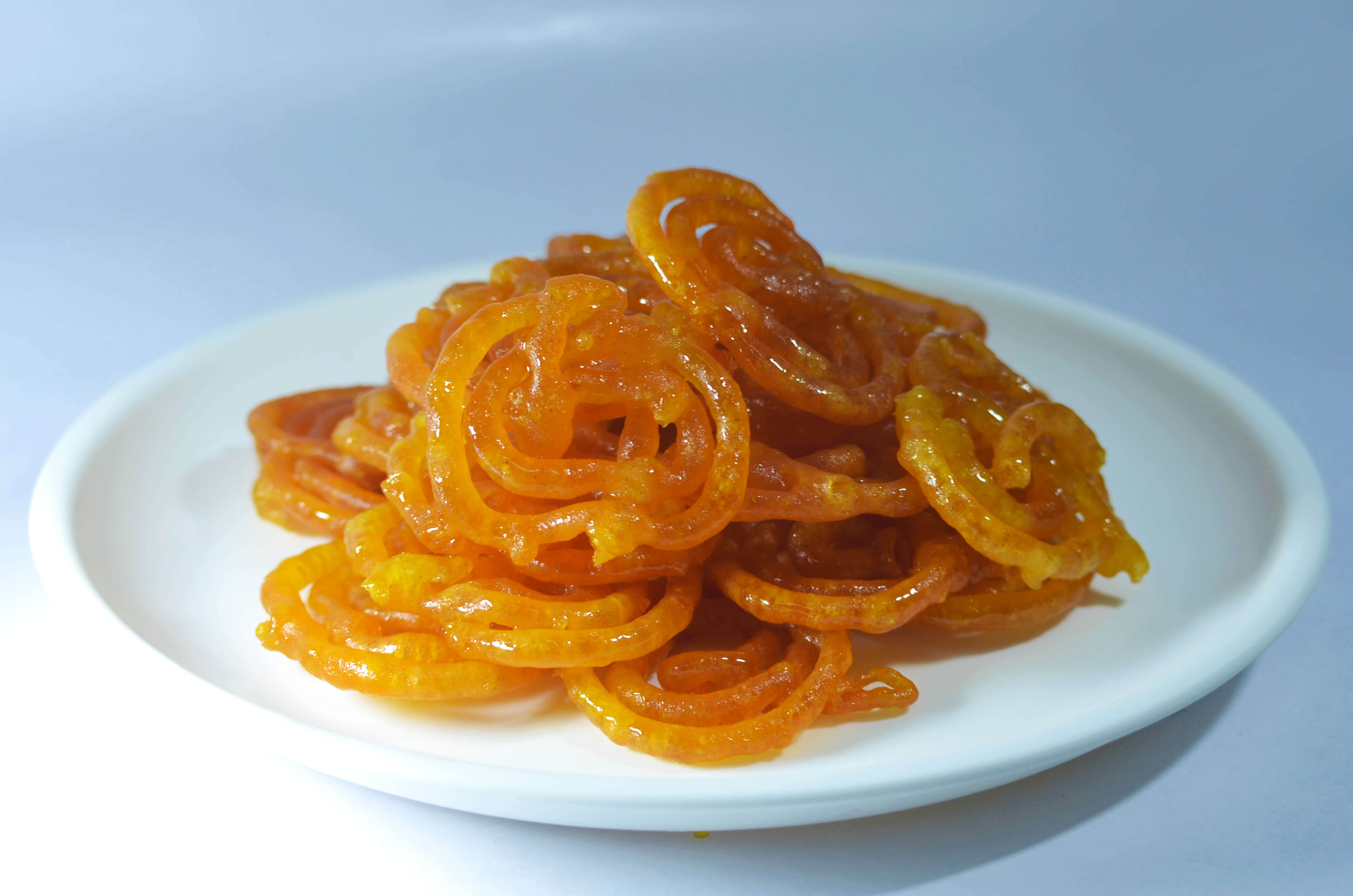
Dahi Bhalla: Dahi Bhalla is a popular street food consisting of lentil dumplings (bhallas) soaked in creamy, seasoned yogurt, and topped with tangy tamarind chutney, mint sauce, and a sprinkle of spices. This dish offers a delightful blend of textures and flavors.
Chana Chaat: Chana Chaat is a savory snack made from boiled chickpeas mixed with chopped onions, tomatoes, green chilies, and spices like chaat masala, cumin, and black salt. Topped with a squeeze of lemon and garnished with fresh coriander and sev (crispy chickpea flour noodles), this dish is both tangy and spicy, perfect for a quick, flavorful bite.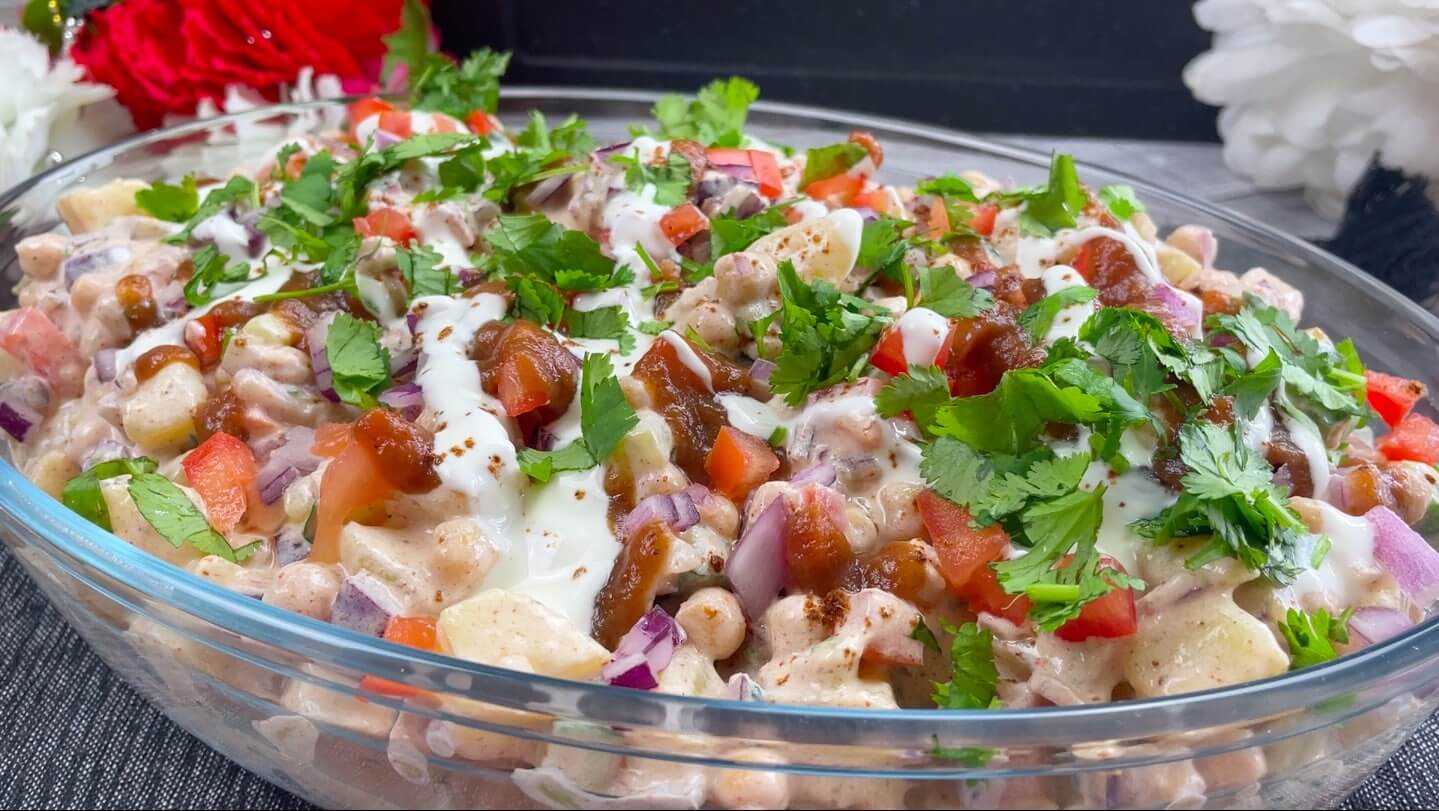
Fruit Chaat: Fruit Chaat is a refreshing and colorful medley of mixed fruits like apples, bananas, oranges, pomegranates, and more, tossed together with tangy spices, chaat masala, and a squeeze of lemon or dash of tamarind chutney. This popular street snack offers a delightful blend of sweet, tangy, and spicy flavors, often garnished with fresh herbs and sev (crispy chickpea flour noodles).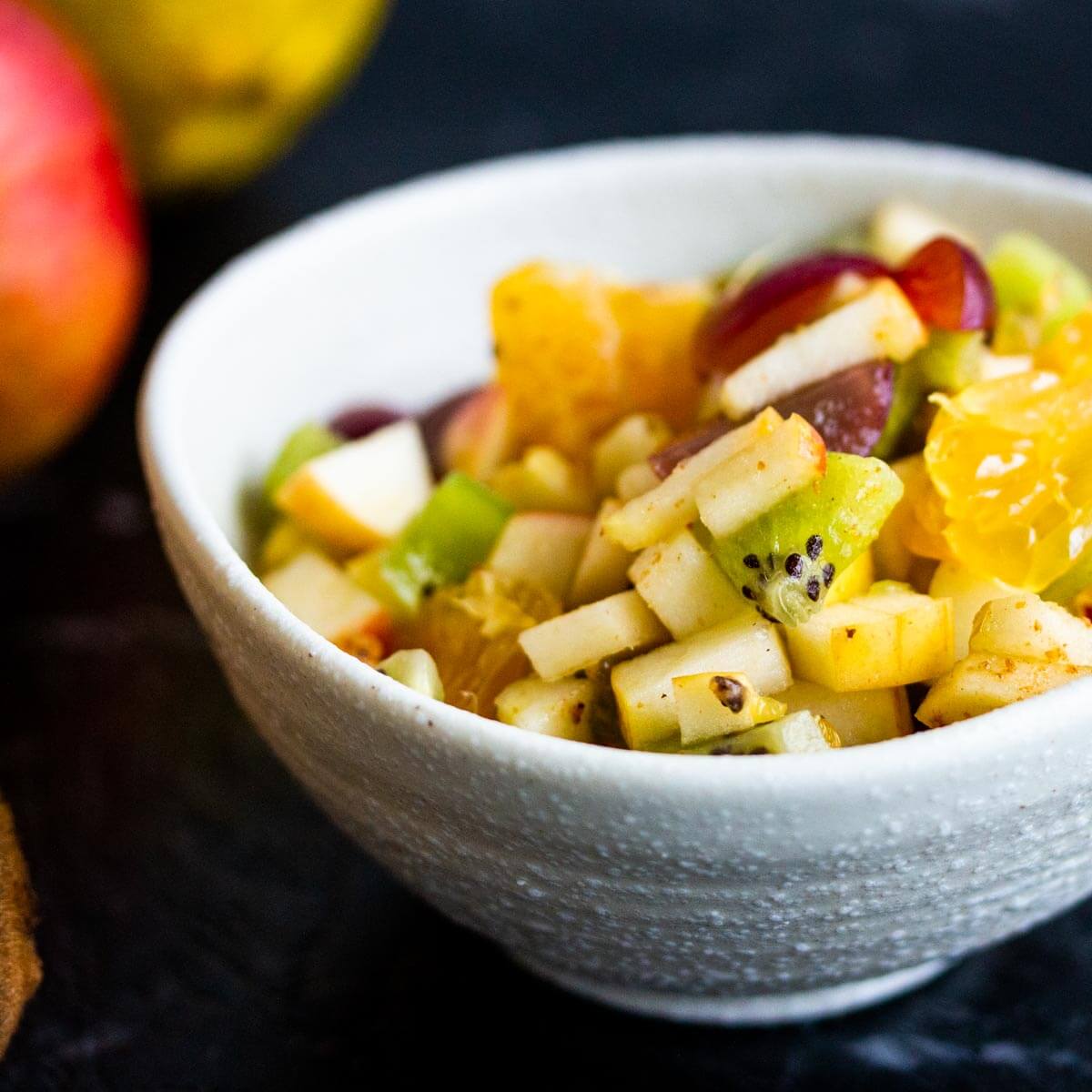
Rabri: Rabri is a rich and creamy Indian dessert made by simmering milk over low heat for an extended period until it thickens and reduces, forming a creamy texture. It is sweetened with sugar and flavored with cardamom, and saffron, and sometimes garnished with nuts like almonds and pistachios. The slow-cooking process gives Rabri its distinct caramelized flavor and grainy texture.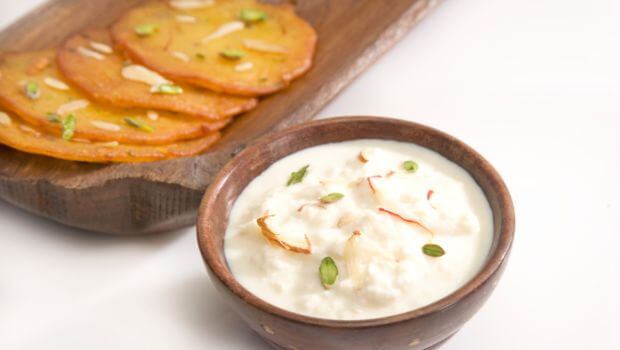
Qulfi: Qulfi is a traditional South Asian frozen dessert similar to ice cream but denser and creamier. It is made from thickened milk, sweetened condensed milk, and sugar, and flavored with cardamom, saffron, rose water, or pistachios. The mixture is poured into molds and frozen on a stick, resulting in a delightful treat enjoyed during hot summers.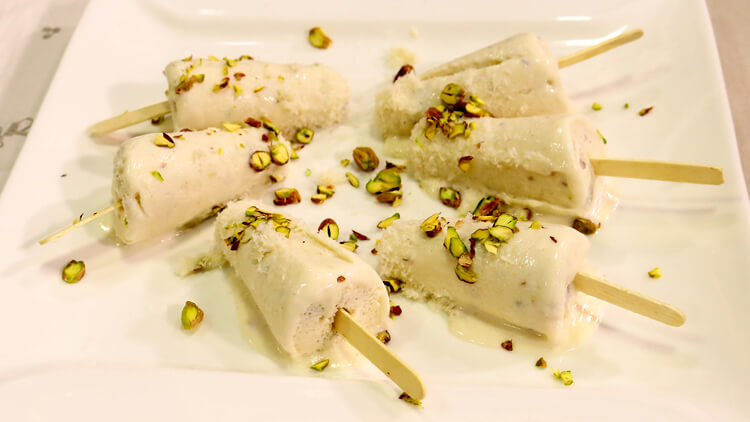
Barbecue (BBQ): Barbecue in Gujranwala encompasses a variety of grilled meats such as chicken, beef, and lamb skewered and cooked over charcoal or open flame. The meat is marinated with a blend of spices, yogurt, and sometimes papaya paste (a natural meat tenderizer), giving it a flavorful and aromatic taste. BBQ dishes are often served with naan, raita, and chutneys.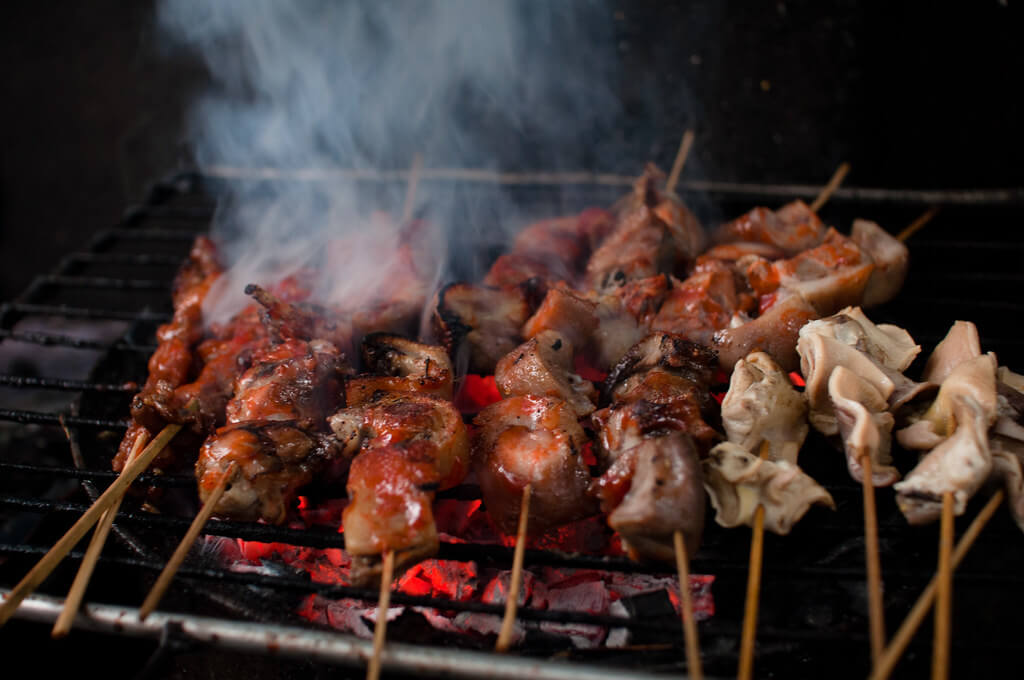
Paratha Rolls: Paratha Rolls are a popular street food in Gujranwala consisting of flaky, crispy parathas filled with a variety of savory fillings such as spiced chicken, beef, or vegetables along with sauces like mint chutney or tamarind sauce. The paratha is rolled around the filling to create a convenient and flavorful handheld snack.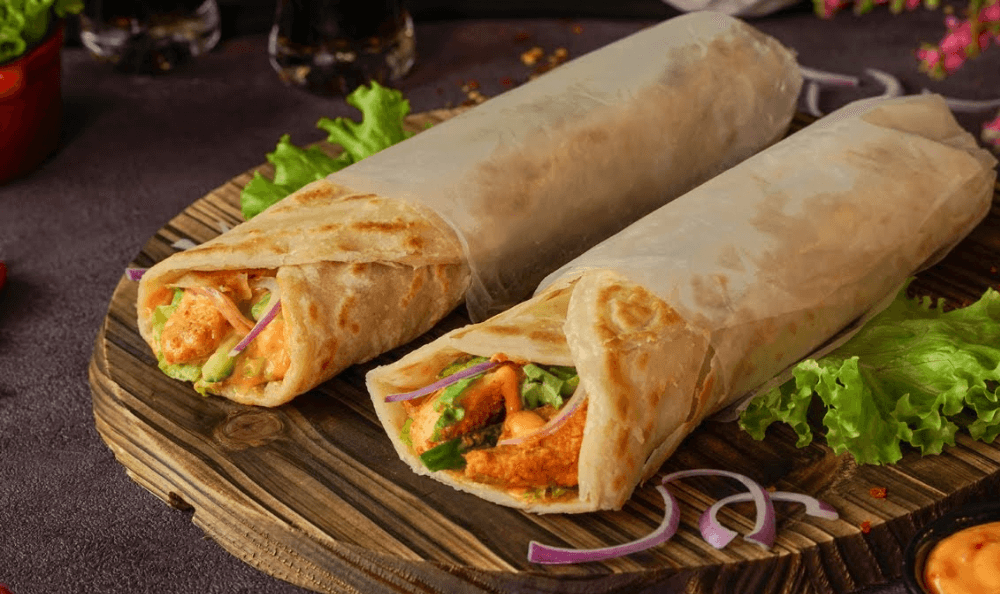
Chappal Kebab: Chappal Kebab, named after its resemblance to a slipper (“chappal” in Urdu), is a spicy and flavorful minced meat kebab made from beef or mutton, mixed with a blend of spices like cumin, coriander, chili powder, and onions. The mixture is shaped into elongated ovals and grilled on a skewer, resulting in juicy and tender kebabs.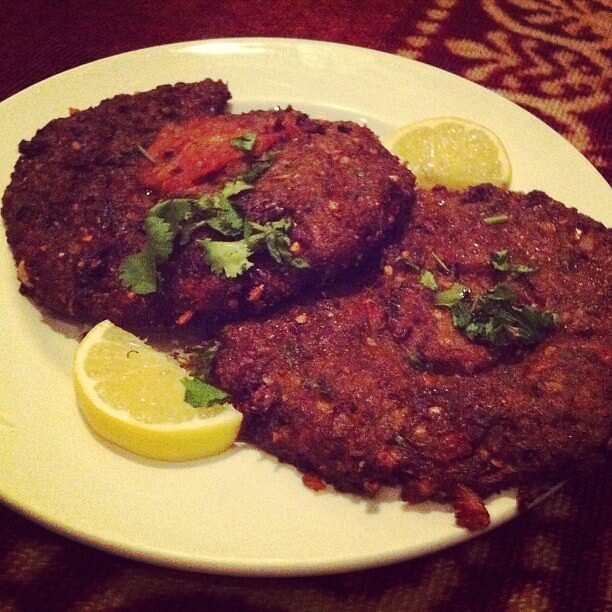
Zarda: Zarda is a sweet rice dish flavored with saffron, cardamom, and sugar. The rice is cooked with ghee, nuts like almonds and pistachios, and sometimes raisins for added sweetness and texture. Zarda is a traditional dessert often served on special occasions and celebrations.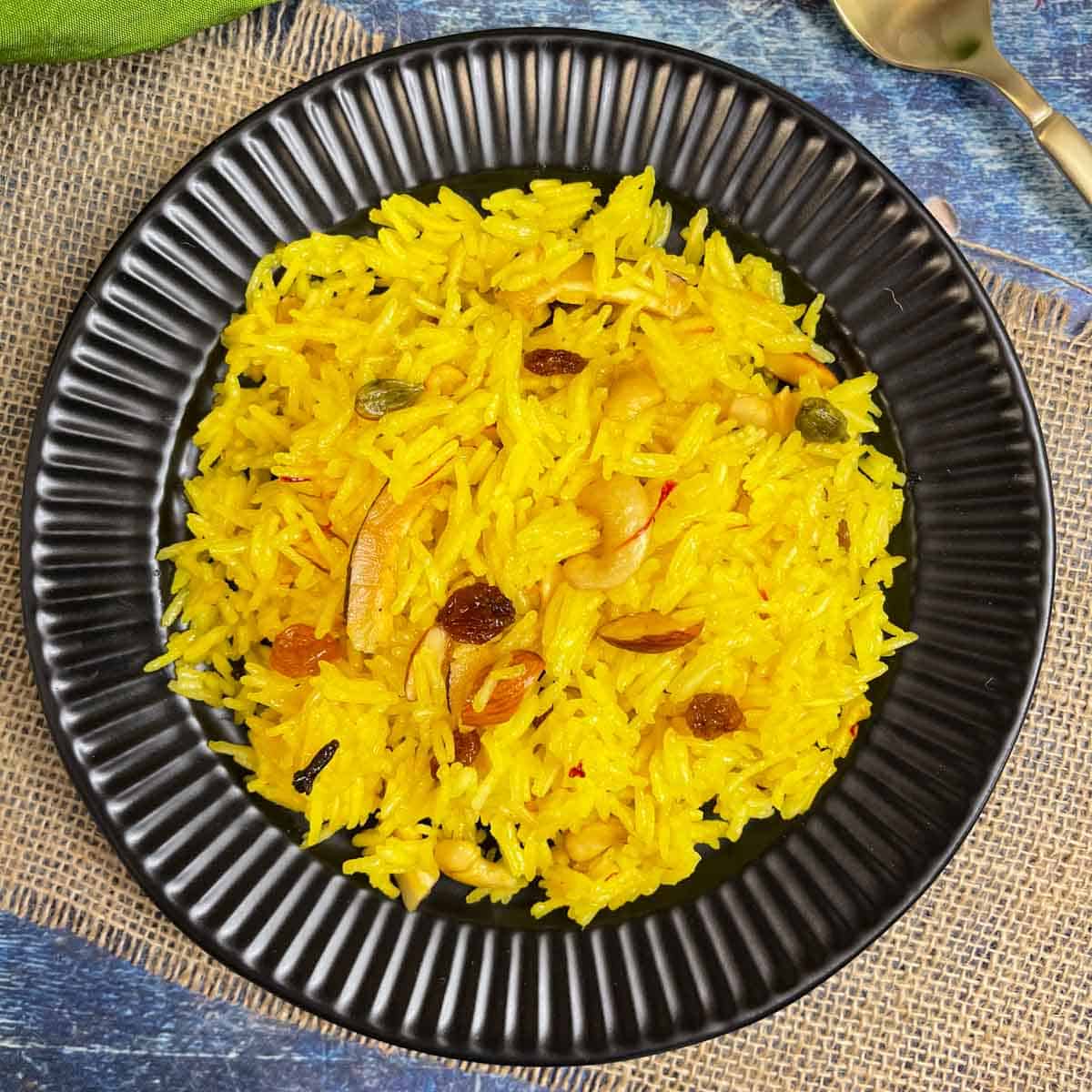
Gajar ka Halwa: Gajar ka Halwa is a beloved Indian dessert made from grated carrots cooked with ghee, milk, sugar, and cardamom until it thickens into a rich, aromatic pudding-like consistency. Garnished with nuts and served warm, this dessert is cherished during festivals and winters for its comforting and indulgent taste.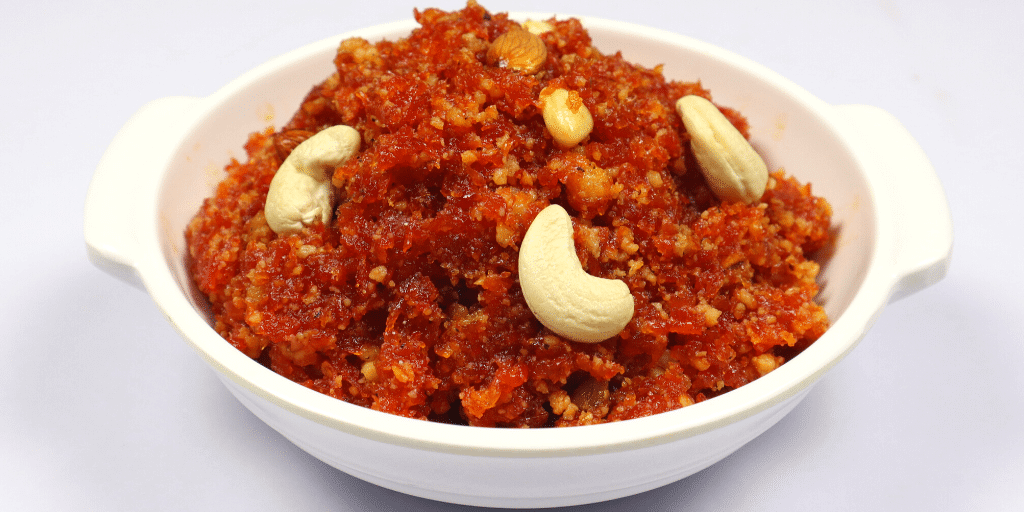
Shahi Tukray: Shahi Tukray is a royal dessert made with bread slices soaked in sweetened milk, and flavored with cardamom, saffron, and rose water. The soaked bread slices are then fried until golden and crispy, garnished with slivered nuts, and often served chilled.
Khoya Kaju: Khoya Kaju is a traditional sweet made by cooking cashew nuts in a rich mixture of khoya (reduced milk), sugar, ghee, and flavored with cardamom. The cashews absorb the creamy texture of khoya, resulting in a delightful and nutty sweet dish often enjoyed during festive seasons.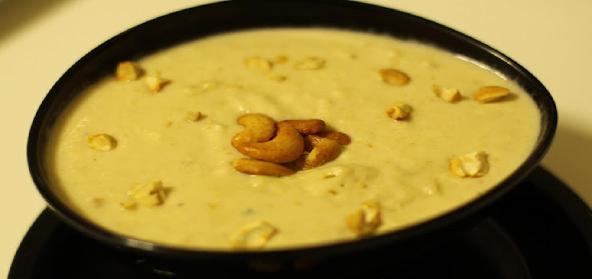
Chicken Karahi, Karahi dishes involve cooking tender pieces of chicken, beef, or mutton in a karahi (wok) with a spicy and aromatic tomato-based gravy. The meat is cooked with a blend of spices, including cumin, coriander, ginger, garlic, and green chilies, resulting in a flavorful and hearty curry dish served with naan or rice.
Pulao: Pulao is a fragrant rice dish cooked with a variety of spices and often mixed with vegetables, meat, or both. The rice is typically cooked with whole spices like cardamom, cloves, and bay leaves, creating a flavorful and aromatic dish that pairs well with yogurt or raita.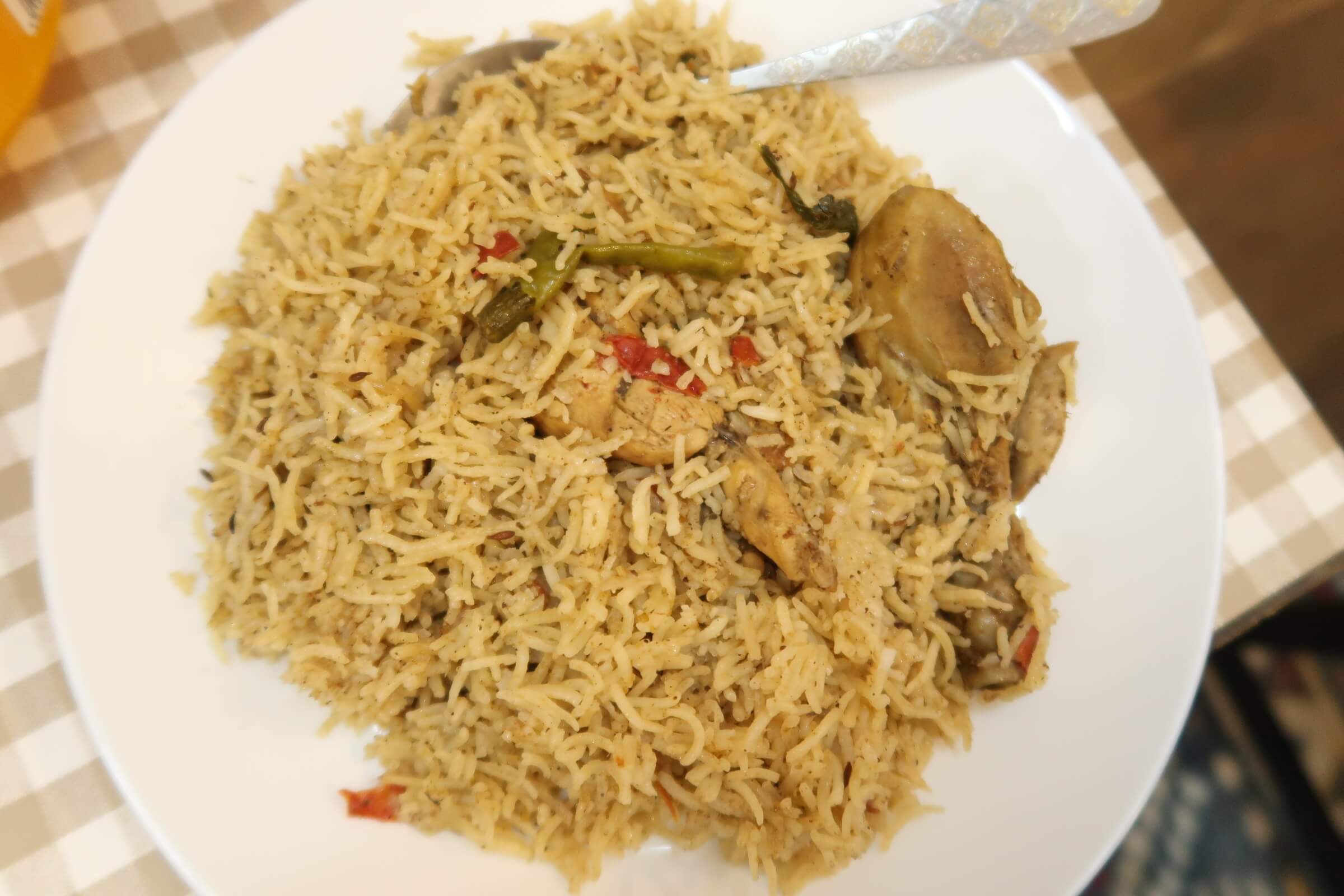
Chicken Handi: Chicken Handi is a creamy and rich dish where chicken is cooked in a clay pot (handi) with a blend of spices, tomatoes, onions, ginger, garlic, and yogurt. The slow cooking in the handi infuses the flavors, resulting in a delicious and mildly spiced chicken curry, often served with naan or tandoori roti.
Beef Karahi: Similar to Chicken Karahi, Beef Karahi features tender pieces of beef cooked in a karahi with a flavorful blend of spices, tomatoes, onions, and aromatic seasonings. The slow cooking process allows the spices to penetrate the meat, resulting in a succulent and aromatic beef curry, best enjoyed with naan or steamed rice.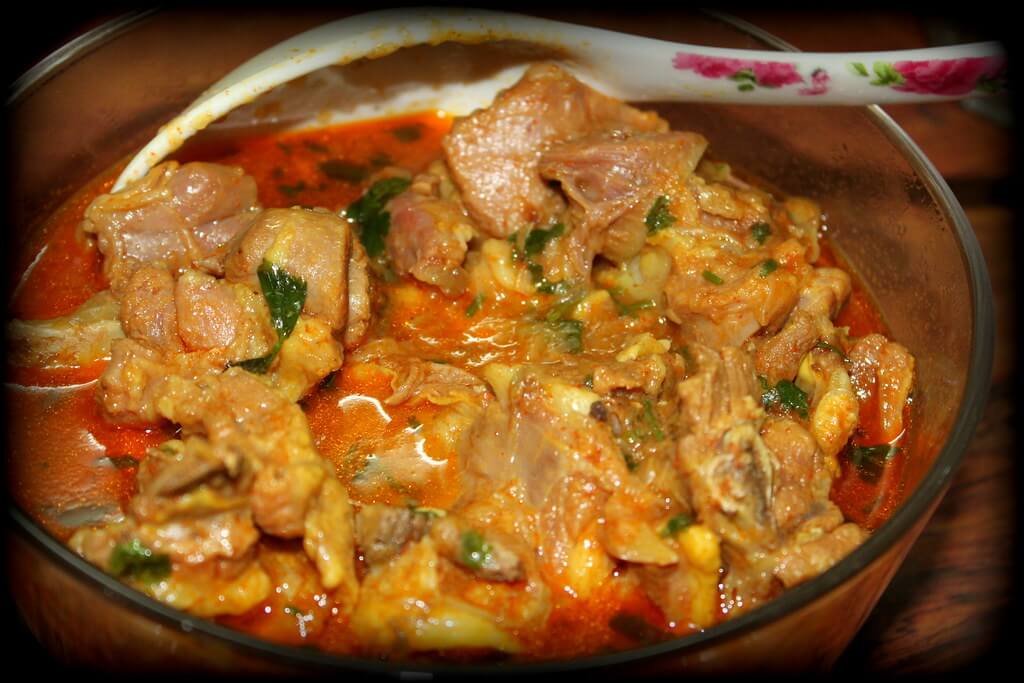
Mutton Karahi: Mutton Karahi involves cooking tender pieces of mutton (goat meat) in a karahi with a mix of spices like cumin, coriander, turmeric, and red chili powder. The slow-cooked mutton becomes tender and flavorful in the spicy tomato-based gravy, making it a savory and hearty dish served with naan or roti.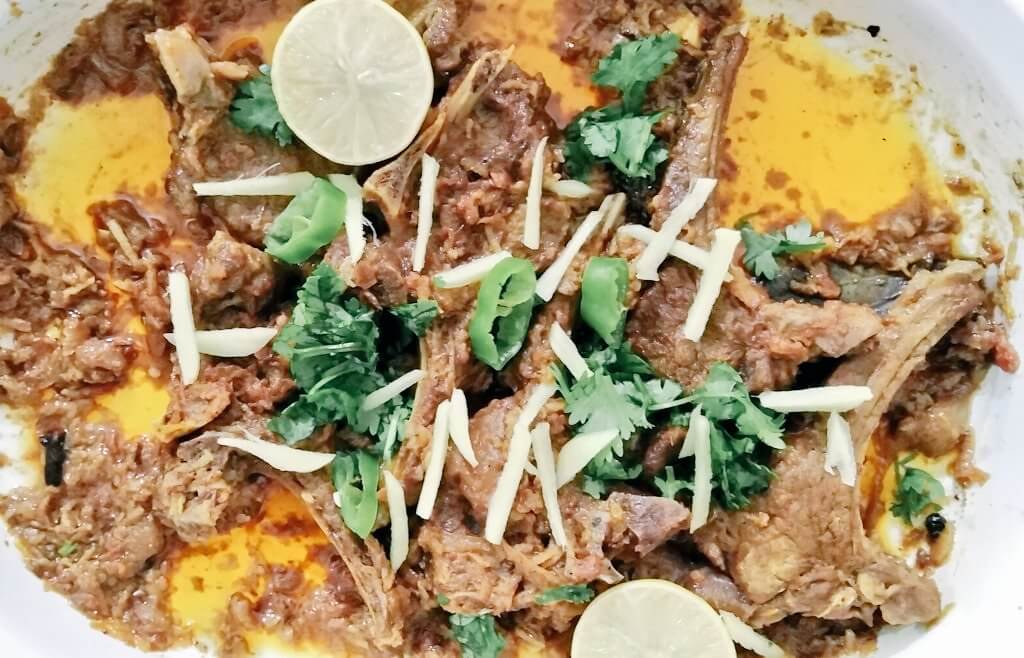
History and Culture
Food History in Gujranwala
Gujranwala’s culinary heritage spans centuries, deeply rooted in the region’s historical tapestry. The evolution of “food in Gujranwala” can be traced back to ancient civilizations that traversed the area, leaving behind a mosaic of influences. From the ancient Indus Valley civilization to the era of Mughal rule, each epoch contributed unique elements to the city’s gastronomy. The amalgamation of Persian, Central Asian, and Indian culinary traditions shaped the foundation of Gujranwala’s food culture. Throughout history, the region’s strategic location along trade routes fostered an exchange of spices, ingredients, and cooking techniques, enriching the local cuisine with diverse flavors.
Historical Influences on Gujranwala’s Cuisine The culinary landscape of “food in Gujranwala” mirrors the cultural amalgamation prevalent in the region. The influence of various dynasties and rulers, such as the Mughals and Sikhs, left an indelible mark on the cuisine. The Mughals introduced elaborate dishes and refined cooking methods, while the Sikh era contributed robust flavors and hearty preparations. Ingredients like saffron, dried fruits, and aromatic spices became integral to Gujranwala’s culinary identity, illustrating the fusion of royal sophistication and rustic flavors.
Evolution of Traditional Dishes The evolution of traditional dishes in Gujranwala reflects the city’s dynamic history. Time-honored recipes have been passed down through generations, preserving authentic flavors while adapting to changing palates. Staple dishes like Nihari, Biryani, and Karahi have undergone subtle transformations, incorporating modern influences while retaining their essence. These culinary evolutions encapsulate the city’s ability to embrace innovation without compromising its culinary heritage.
Historical Significance of Ingredients and Cooking Techniques Certain ingredients and cooking techniques in food in Gujranwala hold profound historical significance. Spices like cumin, coriander, and cardamom, sourced from ancient trade routes, infuse dishes with distinct flavors, echoing centuries-old culinary practices. Traditional cooking methods, such as slow cooking in clay pots or tandoors, reflect the preservation of age-old techniques, adding authenticity to the preparation of iconic Gujranwala dishes. These culinary elements stand as a testament to the region’s enduring food traditions.
Culinary Traditions
Unique Culinary Traditions in Gujranwala Gujranwala boasts a rich tapestry of culinary customs that are deeply ingrained in the local ethos. The preparation of dishes like Haleem and Paya during Ramadan or special occasions embodies the community’s shared values of unity and generosity. Additionally, the art of crafting intricate sweets like Jalebi or Rabri showcases the expertise passed down through generations, preserving age-old recipes with meticulous care.
Festivals and Food-Related Events Festivals such as Eid ul-Fitr and Eid ul-Adha are celebrated with elaborate feasts, signifying the importance of communal dining and sharing. Food-centric events like melas (festivals) or food bazaars offer a platform to showcase the city’s diverse culinary offerings, bringing together locals and visitors to indulge in the flavors of “food in Gujranwala.”
Traditional Food Preparation and Sharing The preparation and sharing of food in traditional settings hold cultural significance, emphasizing communal dining and familial bonds. Meals are often served with hospitality and warmth, underscoring the importance of shared meals in fostering relationships and cultural unity. Traditional cooking methods passed down through generations, symbolize the preservation of heritage and the art of culinary craftsmanship in Gujranwala.
Tips and Tricks
Exploring Gujranwala’s Food Scene
Best Times to Experience the Local Food Culture Timing plays a pivotal role in savoring the diverse flavors of “food in Gujranwala.” Visiting during festivals like Eid or Ramadan offers an immersive experience of the city’s vibrant culinary heritage. Streets come alive with bustling food stalls and special dishes prepared exclusively for these occasions.
Recommended Eateries or Street Food Vendors For an authentic culinary journey, exploring street food vendors in areas like Ghanta Ghar Chowk or Khiyali Gate promises a delightful adventure. Iconic eateries such as Butt Karahi House or Bundu Khan offer mouthwatering renditions of classic Gujranwala dishes like Kunna and Chapli Kebab.
Etiquette and Customs When Dining Respect local customs when indulging in “food in Gujranwala.” Embrace the warmth of hospitality offered by locals and remember to eat with your right hand, a customary practice in Pakistani dining culture. It’s courteous to remove shoes before entering someone’s home or a traditional eatery.
Cooking at Home
Tips for Recreating Gujranwala’s Cuisine Experimenting with recipes that capture the essence of “food in Gujranwala” at home can be rewarding. Use fresh spices and try to replicate slow-cooking methods for authentic flavors. Pay attention to the balance of spices to achieve the distinctive taste that characterizes Gujranwala dishes.
Basic Recipes for Signature Dishes Explore simple recipes for iconic Gujranwala dishes like Chicken Karahi or Aloo Paratha. These recipes often involve marinating meats with a blend of spices or perfecting the art of stuffing parathas with seasoned potatoes. Creating these dishes at home offers a glimpse into the city’s culinary heritage.
Ingredients
Core Ingredients
Gujranwala’s culinary identity thrives on a diverse array of core ingredients that define the distinctive flavors of “food in Gujranwala.” Locally sourced produce and meats play a pivotal role in crafting authentic dishes, underscoring the region’s emphasis on freshness and quality. Essential ingredients often include vibrant spices, aromatic herbs, and prime cuts of meat sourced from nearby farms and markets.
Locally sourced Produce and Meats Gujranwala’s fertile lands yield an abundance of fresh produce, from succulent tomatoes and aromatic garlic to vibrant bell peppers and flavorful spinach. The emphasis on farm-to-table ingredients ensures that dishes retain their natural essence. Additionally, locally-raised meats, such as tender cuts of lamb or beef, contribute to the rich and hearty character of Gujranwala’s cuisine, reflecting a commitment to supporting local agriculture.
Unique Spices and Their Role Spices serve as the soul of “food in Gujranwala,” infusing each dish with depth and complexity. A blend of indigenous spices like cumin, coriander, turmeric, and garam masala forms the cornerstone of the region’s flavor profiles. These spices impart earthy, tangy, and aromatic notes to dishes like Biryani, Karahi, and Pulao, elevating them to culinary perfection.
Staple Foods
Grains, Vegetables, and Proteins Staple grains like aromatic Basmati rice and hearty wheat flour are the backbone of Gujranwala’s culinary repertoire. Rice serves as the canvas for delicacies such as Biryani and Pulao, each grain infused with fragrant spices. Wheat flour transforms into soft, flaky Parathas or unleavened Rotis, perfectly complementing savory curries and kebabs.
Vegetables like potatoes, spinach, and onions form integral parts of various Gujranwala dishes, lending their distinct flavors and textures. Potatoes feature prominently in Aloo Parathas, while spinach enhances the taste of Daal Chawal. Onions are often caramelized to add depth to curries and gravies.
Proteins in the form of tender meats or protein-rich lentils (daal) are essential components of Gujranwala’s cuisine. Chicken, beef, and mutton are cooked using traditional methods, ensuring tenderness and maximum flavor absorption. Lentils, simmered into hearty stews, create nourishing and comforting dishes like Daal Chawal or Haleem.
Traditional Cooking Methods
Traditional cooking methods in Gujranwala involve slow cooking, grilling, and tandoor baking. Slow cooking allows flavors to meld, resulting in succulent and aromatic dishes like Nihari and Paya. Grilling imparts a smoky essence to meats, evident in dishes like Tandoori Chicken. The tandoor, a clay oven, imparts a distinct char and tenderness to bread like Naan and Roti, enhancing their flavor profiles. These traditional techniques preserve the authenticity of Gujranwala’s dishes, ensuring a rich gastronomic experience.
Sustainability and Local Sourcing
Sustainable Practices
Emphasis on Sustainable Farming and Sourcing In recent years, Gujranwala has witnessed a growing emphasis on sustainable farming and sourcing practices within its food landscape. Local farmers and producers have increasingly adopted eco-friendly approaches, minimizing chemical inputs and promoting organic farming methods. These sustainable practices aim to preserve the region’s fertile lands and ensure the long-term availability of quality produce for food in Gujranwala.
Support from Local Markets or Restaurants Several local markets and restaurants in Gujranwala have taken proactive measures to support sustainable sourcing. These establishments prioritize partnerships with local farmers and small-scale producers, sourcing their ingredients directly to maintain freshness and reduce the carbon footprint associated with transportation. By showcasing locally sourced produce in their menus, these eateries contribute to the sustainability of the food ecosystem in Gujranwala.
Community Impact
Economic and Social Impact Supporting local farmers and producers in Gujranwala’s food industry has significant economic and social implications. By choosing local and seasonal produce, consumers contribute directly to the livelihoods of small-scale farmers, bolstering the local economy and fostering a sense of community resilience. Moreover, these practices strengthen social bonds within the community by promoting a shared appreciation for locally sourced “food in Gujranwala.”
Preservation of Food Heritage Sustainable practices plays a crucial role in preserving Gujranwala’s rich food heritage. By valuing and prioritizing indigenous ingredients and traditional farming methods, communities safeguard age-old recipes and culinary techniques from being overshadowed by modern food systems. This conscious effort to maintain sustainable practices contributes to the preservation of centuries-old food traditions, ensuring their continuation for future generations to savor and cherish.
Pairings and Recommendations
Beverage Pairings
Complementary Beverages Pairing beverages with the diverse array of dishes in Gujranwala enhances the overall dining experience. For spicy or robust dishes like Karahi or Chapli Kebab, beverages like Lassi, a traditional yogurt-based drink, or a refreshing Mint Lemonade provide a cooling contrast to the bold flavors. The creamy texture of Lassi balances the spices, while the tanginess of Mint Lemonade cleanses the palate.
Local Drinks with Specific Meals Gujranwala boasts its own array of local drinks that beautifully complement specific meals. Sarbat-e-Sandal, a drink made from extract of sandalwood, and Rooh Afza, a sweet, herbal syrup, are commonly enjoyed during festive occasions and pair excellently with sweet dishes like Jalebi or Rabri. These indigenous beverages add a touch of authenticity to “food in Gujranwala.”
Additional Food Recommendations
Regional Dishes and Specialties Apart from the iconic dishes previously mentioned, Gujranwala offers a plethora of lesser-known yet equally delightful foods. For instance, Seekh Kebabs, minced meat skewers seasoned with aromatic spices, or Gajar ka Halwa, a carrot-based dessert enriched with milk and nuts, are must-try delicacies. Exploring these hidden gems adds depth to the culinary exploration of “food in Gujranwala.”
Recommended Restaurants and Street Food Areas To delve deeper into Gujranwala’s diverse culinary offerings, certain restaurants and street food areas stand out for their authentic and delectable specialties. Abdullah Chaat House near Trust Plaza and Shahbaz Tikka Shop at G.T. Road are renowned for their flavorsome Chaat and succulent Tikka respectively. Similarly, Bhaiya Kebab Wala in Ghanta Ghar area offers mouthwatering Seekh Kebabs. These spots serve as epicenters of authentic tastes, showcasing the true essence of food in Gujranwala.
Cultural Significance
Food as a Reflection of Gujranwala’s Cultural Identity
“Food in Gujranwala” serves as an integral facet of the city’s cultural identity, encapsulating its rich history and diverse heritage. The culinary tapestry of Gujranwala mirrors the amalgamation of traditions, flavors, and culinary practices passed down through generations.
Role of Food in Social Gatherings and Celebrations Food holds a pivotal role in social gatherings and celebrations, acting as a unifying force in Gujranwala’s community. Whether it’s the joyous festivities of Eid or intimate family gatherings, sharing meals reinforces bonds and fosters camaraderie among individuals, symbolizing togetherness and generosity.
Food’s Embodiment of Values and Traditions Food in Gujranwala embodies cherished values and traditions deeply rooted in the local culture. Recipes passed down through generations carry stories of resilience, hospitality, and the art of preserving heritage. The meticulous preparation and sharing of meals highlight the importance of family, respect, and the appreciation of culinary traditions in everyday life. Food, therefore, becomes a vessel that not only nourishes the body but also preserves and perpetuates the cultural ethos of Gujranwala.
Conclusion
As we conclude our exploration of the rich tapestry of “food in Gujranwala,” it’s evident that the city’s culinary landscape is an embodiment of tradition, diversity, and community. Gujranwala’s gastronomic journey offers a kaleidoscope of flavors, each dish weaving a narrative that reflects the city’s cultural vibrancy and historical legacy.
We invite readers to venture into the bustling streets and eateries, to savor the aromatic spices of Karahi, indulge in the sweetness of Rabri, and relish the warmth of hospitality in every bite. Exploring Gujranwala’s culinary delights is more than a mere gustatory experience; it’s an immersion into the heart and soul of a culture deeply rooted in its food traditions.
Preserving and celebrating local food traditions is not just about flavors; it’s a testament to heritage, community, and identity. By appreciating and supporting “food in Gujranwala,” we contribute to the preservation of centuries-old recipes, ensuring that these culinary treasures continue to thrive, delighting generations to come. Let us embrace and cherish the gastronomic wonders that Gujranwala graciously offers, celebrating the invaluable legacy ingrained in every dish.

